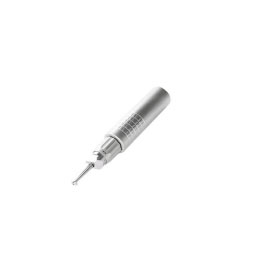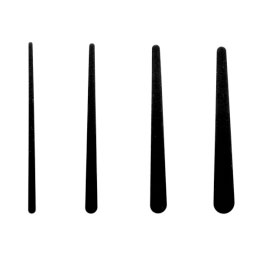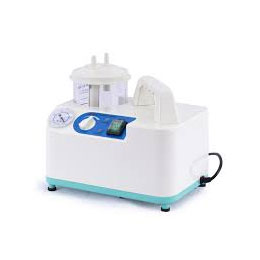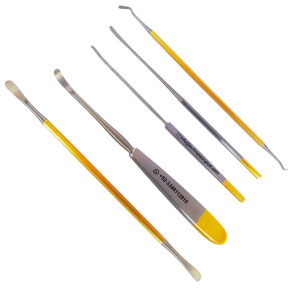Brain Surgery Equipment
Brain surgery, also called neurosurgery or neurological surgery is the medical specialty concerned with the prevention, diagnosis, surgical treatment, and rehabilitation of disorders that affect any part of the nervous system like the brain, spinal cord, central and peripheral nervous system, and cerebrovascular system. Operating microscopes are widely used for microscopic neurosurgery.
-
- Craniotome – also known as a cranial drill, is a tool used for drilling simple burr holes (trepanation) in the skull. This exposes the brain and allows the surgeon to perform operations like craniotomy and craniectomy. The cranial drill can be manually or electrically driven. It primarily consists of a handpiece and a drill bit, a sharp tool with a form similar to a screw. This instrument must be inserted into the drill chuck to perform holes and remove materials.
This tool is generally equipped with a clutch that automatically disengages once it touches a softer tissue, thus preventing tears in the linings of the brain.
- Craniotome – also known as a cranial drill, is a tool used for drilling simple burr holes (trepanation) in the skull. This exposes the brain and allows the surgeon to perform operations like craniotomy and craniectomy. The cranial drill can be manually or electrically driven. It primarily consists of a handpiece and a drill bit, a sharp tool with a form similar to a screw. This instrument must be inserted into the drill chuck to perform holes and remove materials.

-
- Silicone brain retractors – Retractors and suction devices are the most frequently used instruments in brain surgery. Retractors are used to pull back tissues to provide a visible field and a space to work for surgeons. When retracting, an overload of retracting is a key issue. It can cause unexpected damage to brain tissues and bleeding. As the brain tissue is very soft and fragile, it can break or get damaged even with a small load. Hence malleable and tapered silicone-coated retractors are ideal for use in brain and nerve surgery. The silicone coating protects soft tissues from damage that can be caused by the edges of retractors. The retractors are flexible and can be bent into place. A tapered point allows for retraction along the base of the incision.

- Suction devices – These are mainly used to suck blood and saline for washing the brain tissue. They are also sometimes used for retracting tissues, although the retracting area is very small and limited in availability.

- Curettes – These are stainless steel instruments used for precise and delicate microsurgeries in the brain. They are used mainly to debride and remove tumors or to take biopsy samples.

- Dissectors – These are used to dissect brain tissue, especially during the removal of tumors. These enable neurosurgeons to perform a minimally invasive discectomy.

- Elevators – Elevators are used to lift the galea (a part of the scalp) above the skull bone.

- Rongeurs – Rongeurs are scissor-like stainless steel instruments that are used to open a window in bone. It is used on the skull during neurosurgery.

- Hooks and probes – Hooks and probes are used in brain surgery for lifting and retracting tissues. Instruments like a dura hook are used to retract and hold the tough outer layer of the membrane that encloses the brain. Neurosurgical probes are used during neurosurgical procedures to manipulate nerves and tissues. Popular patterns include ball and nerve probes, Jannetta, Micro Lumbar, and Watson-Cheyne.

At MediHouse, we have a range of Brain Surgery/procedure equipment of high quality and durability.
Contact us for booking orders and home deliveries
Phone Number – 9400630000
Whatsapp –9447771361
Email – MediTvm@gmail.com
